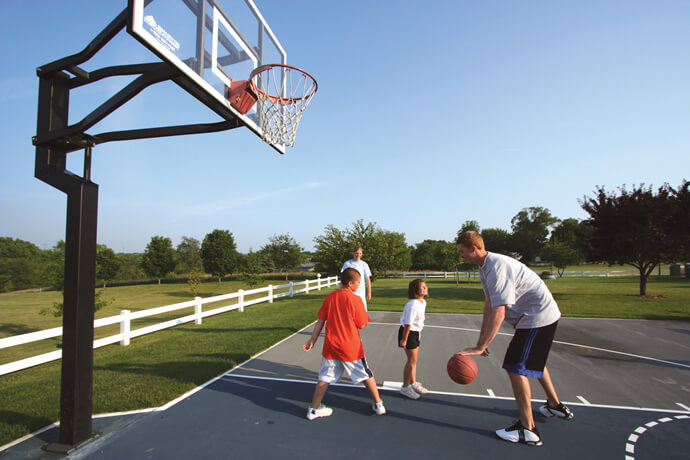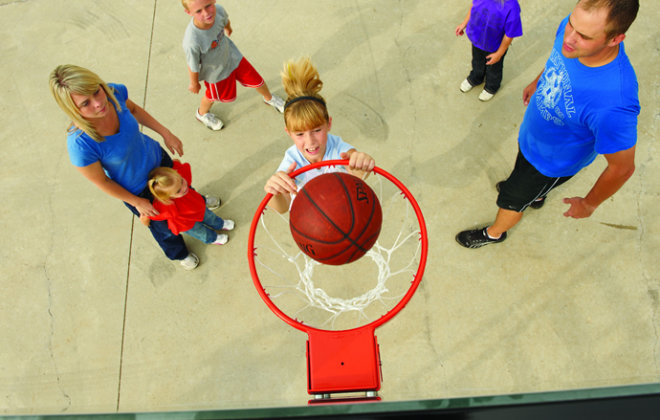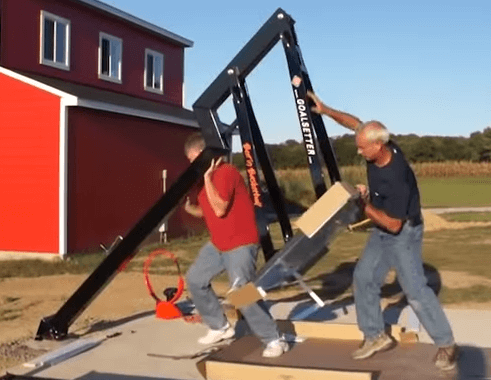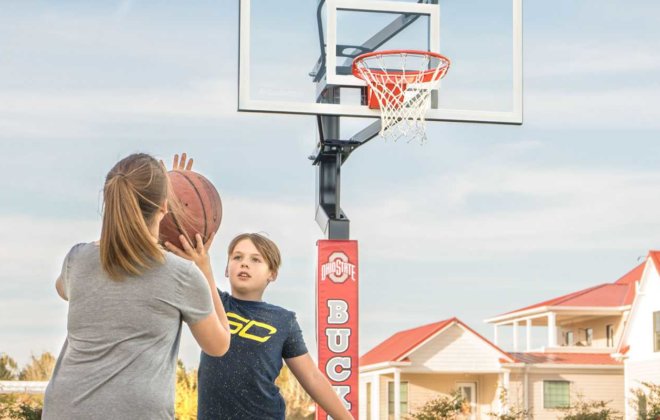March Madness Math and Science Activities for Kids
It’s March Madness time, which means that many Americans have basketball on the brain. But March Madness can be more than just a chance to enjoy NCAA broadcasts. This is a great opportunity to get your children interested in the science and statistics of the game.
There are scientific principles involved in every basketball shot. Trajectory, force, gravity, energy, motion, air pressure, percentages—injecting a little bit of math and science into March Madness fun can be as simple as asking the right questions when you are watching the playoffs and then testing out a few of those ideas when you and your kid are enjoying a shootout in your driveway court.
ScienceBuddies.org has step-by-step instructions on how to test out different shooting technique to develop your go-to style for achieving nothing but net. Bonus: this week-long experiment can also double as your child’s science fair project; two birds with one stone!
If math class is an area that your kiddo needs to focus on more, this lesson plan from PECentral.org is a great way to learn more about calculating averages. Players shoot baskets for a set amount of time and record how many shots are made and how many were successful. Then you can do the math together to calculate each player’s mean, median and mode.
For both of these activities, very little is needed in the way of equipment, but one thing is constant—a quality basketball hoop. Goalsetter in-ground basketball goals make shooting hoops as easy as stepping out of your front door. And their professional-grade quality will help your child grow their b-ball skills from elementary school to the NCAA.
Categories
- Benefits of Play (17)
- Family Fun (3)
- Featured (3)
- Financing (1)
- Goalsetter Basketball Systems (16)
- Playhouses (1)
- Rainbow Play Systems (28)
- Springfree Trampoline (40)





